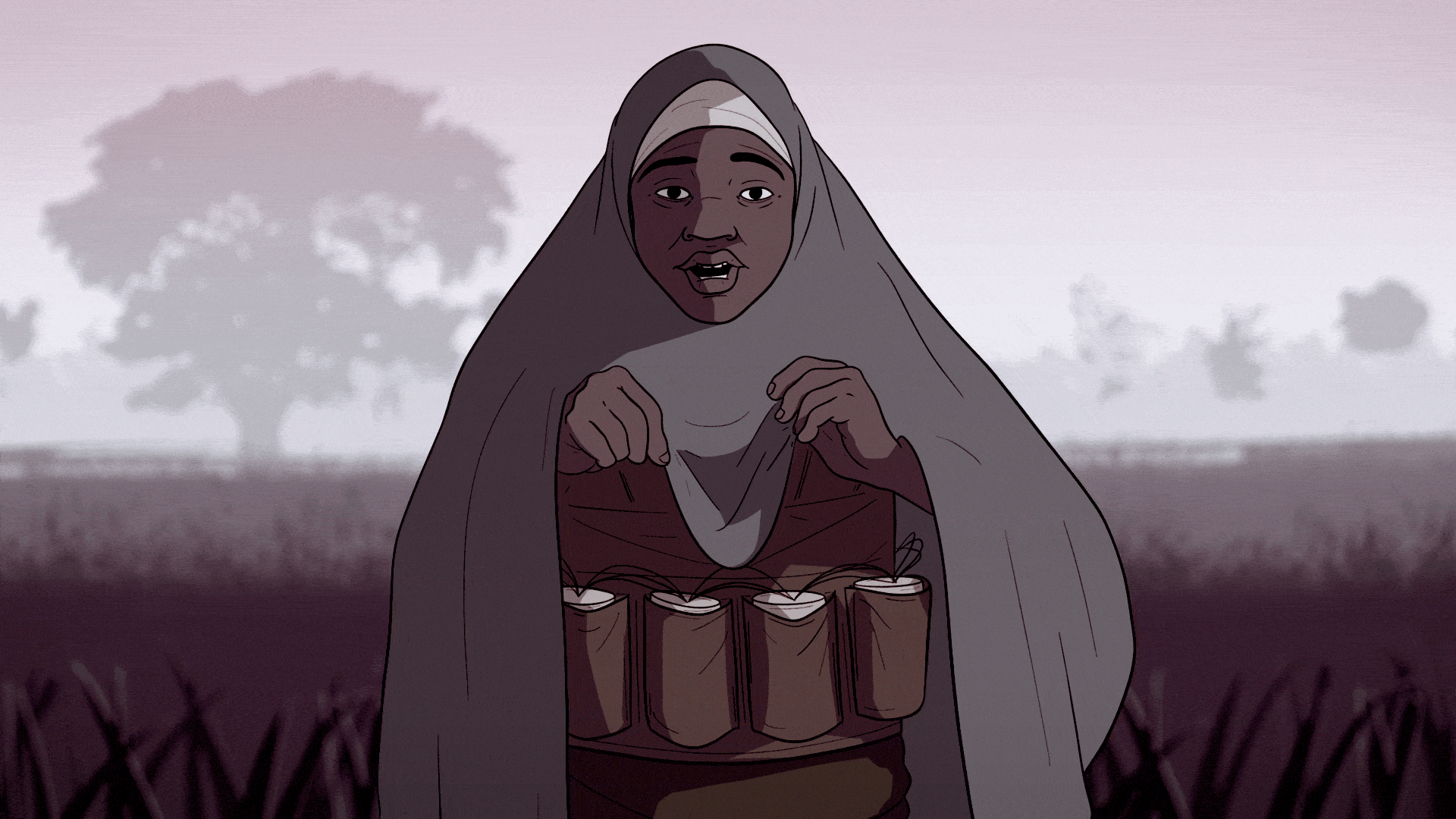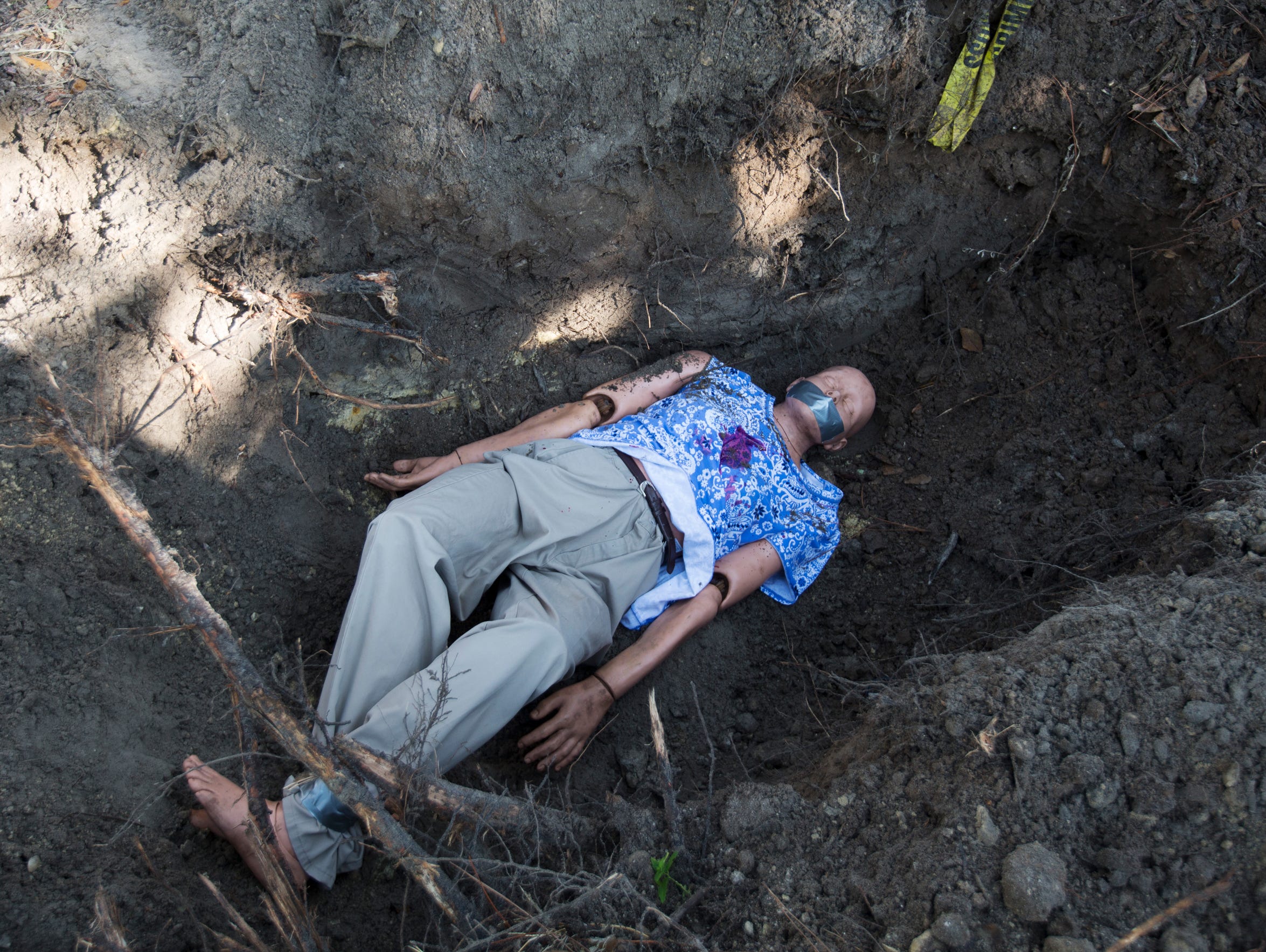Welcome to the world of real gore, where the lines between reality and fiction blur. If you've ever been curious about the darker side of media, this article dives deep into everything you need to know about real gore. It's not just about blood and guts—it's about understanding its impact on society, the psychology behind it, and how it shapes our perception of the world.
Now, let's get real for a sec. Real gore isn't just some random buzzword floating around the internet. It's a phenomenon that has been growing in popularity, especially with the rise of online platforms and streaming services. People are drawn to it for various reasons, but it's important to ask why. Why do we crave this kind of content? What does it say about us as a society?
This article isn't just about scaring you or grossing you out. It's about educating you. By the end of this read, you'll have a clearer understanding of what real gore is, its history, and how it affects us. So, buckle up, because we're diving headfirst into the dark corners of the media world.
- How To Biwire Speakers A Comprehensive Guide For Audiophiles
- Bollyflix Bangla Your Ultimate Destination For Bangla Movies And Entertainment
What Exactly Is Real Gore?
Let's break it down. Real gore refers to content that depicts real-life violence, injuries, or deaths. Unlike Hollywood special effects, this stuff is the real deal. No CGI, no makeup artists—just raw, unfiltered footage. It's the kind of stuff that can leave a lasting impression, whether you want it to or not.
But here's the thing: real gore isn't just about shock value. It's about the rawness of human experience, the unvarnished truth of what happens when things go wrong. It's why people watch documentaries about war zones, crime scenes, or medical emergencies. There's a certain allure to seeing the truth, even if it's uncomfortable.
Why Do People Watch Real Gore?
Alright, so why do people actually watch this stuff? Is it just about being grossed out? Not exactly. There are a few reasons why people are drawn to real gore:
- Unlocking The Power Of Agmaalrun Your Ultimate Guide
- Unveiling The Truth About Sierra Deaton A Rising Star In The Spotlight
- Curiosity: Humans are naturally curious creatures. We want to understand the world around us, even the dark parts.
- Empathy: Some people watch real gore to better understand the struggles of others. It's a way to connect with experiences that might be far removed from their own lives.
- Thrill: Let's face it, some people just enjoy the adrenaline rush that comes with watching intense content.
- Education: Believe it or not, real gore can be educational. Medical students, for example, might watch real surgical footage to learn about procedures.
The History of Real Gore
Real gore isn't a new concept. It's been around for centuries, long before the internet made it easily accessible. Back in the day, people would gather to watch public executions or gladiator fights. It was a form of entertainment, albeit a dark one.
Fast forward to the 20th century, and real gore started to make its way into mainstream media. War footage, crime scene photos, and medical documentaries became more common. The internet only accelerated this trend, making it easier than ever for people to access this kind of content.
How Technology Changed the Game
Technology has played a huge role in the rise of real gore. Platforms like YouTube, Reddit, and even TikTok have made it possible for people to share and consume this content at an unprecedented scale. It's not just about watching anymore—it's about participating.
But here's the catch: with great power comes great responsibility. The ease of access has also led to ethical concerns. Should this kind of content be so readily available? Is it being used responsibly? These are questions that need to be addressed as we move forward.
The Psychology Behind Real Gore
So, what's going on in our brains when we watch real gore? It's not as simple as "we like it" or "we don't like it." There's a complex psychological process at play. Here's a breakdown:
- Desensitization: The more we're exposed to violent or graphic content, the less it affects us emotionally. This can lead to a numbness to real-life violence.
- Catharsis: For some people, watching real gore is a way to release pent-up emotions. It's like a psychological purge.
- Moral Distancing: When we watch real gore, we often distance ourselves from the reality of the situation. It becomes easier to view it as "just entertainment" rather than a real human experience.
Does Real Gore Affect Our Behavior?
There's a lot of debate about whether real gore affects our behavior. Some studies suggest that exposure to violent content can lead to increased aggression or desensitization. Others argue that it's more about the individual and their pre-existing tendencies.
What we do know is that it's not a one-size-fits-all situation. Different people will react differently to the same content. It's all about context and individual differences.
Real Gore in Popular Culture
Real gore has made its way into popular culture in a big way. From movies like "The Texas Chainsaw Massacre" to TV shows like "CSI," it's everywhere. But it's not just about entertainment. Real gore also plays a role in journalism, education, and even politics.
For example, war footage has been used to inform the public about conflicts around the world. Medical documentaries have helped educate aspiring doctors and nurses. Even crime scene photos have been used in courtrooms to present evidence.
The Impact on Society
So, what's the overall impact of real gore on society? Is it a force for good or evil? The answer isn't black and white. On one hand, it can be educational and informative. On the other hand, it can be exploitative and harmful.
It's all about balance. We need to be mindful of how we consume and share this kind of content. It's not something to be taken lightly.
Legal and Ethical Concerns
Let's talk about the elephant in the room: legal and ethical concerns. Is it ethical to share real gore? Should it be regulated? These are tough questions with no easy answers.
On the legal side, there are laws in place to protect people's privacy and dignity, even after death. Sharing certain types of content can lead to legal consequences. But enforcement can be tricky, especially when it comes to international platforms.
How Platforms Handle Real Gore
Major platforms like YouTube and Facebook have policies in place to regulate real gore. They use algorithms and human moderators to identify and remove inappropriate content. But it's not a perfect system. Sometimes, content slips through the cracks.
It's up to users to be responsible and report content that violates these policies. We all have a role to play in maintaining a safe and respectful online environment.
Real Gore and Mental Health
We can't talk about real gore without addressing its impact on mental health. Watching graphic content can have serious effects on our well-being. It can lead to anxiety, depression, and even PTSD in some cases.
But here's the thing: not everyone is affected the same way. Some people can watch it without issue, while others might struggle. It's important to be aware of your own limits and take breaks when needed.
Tips for Staying Safe
Here are a few tips for staying safe while consuming real gore:
- Set limits: Decide how much content you're comfortable with and stick to it.
- Talk to someone: If you're feeling overwhelmed, don't hesitate to reach out to a friend or mental health professional.
- Take breaks: Give yourself time to decompress and recharge.
The Future of Real Gore
So, where is real gore headed in the future? With technology advancing at breakneck speed, it's hard to say exactly. But one thing is certain: it's not going away anytime soon.
As platforms continue to evolve, so too will the way we consume and share this kind of content. It's up to us to ensure that it's done responsibly and ethically.
What Can We Do?
Here's the bottom line: real gore isn't going anywhere. But that doesn't mean we have to accept it blindly. We can take steps to ensure that it's used responsibly and ethically. Whether it's through regulation, education, or simply being mindful of our own consumption habits, we all have a role to play.
Conclusion
Real gore is a complex and multifaceted phenomenon. It's not just about blood and guts—it's about understanding the impact it has on our society, our psychology, and our mental health. By educating ourselves and being mindful of how we consume and share this kind of content, we can ensure that it's used responsibly and ethically.
So, what's next? Take a moment to reflect on what you've learned. Share this article with a friend or leave a comment below. Let's start a conversation about real gore and how we can navigate it in a responsible way.
Table of Contents
- What Exactly Is Real Gore?
- Why Do People Watch Real Gore?
- The History of Real Gore
- How Technology Changed the Game
- The Psychology Behind Real Gore
- Does Real Gore Affect Our Behavior?
- Real Gore in Popular Culture
- The Impact on Society
- Legal and Ethical Concerns
- Real Gore and Mental Health
- The Future of Real Gore



Detail Author:
- Name : Wilhelmine Mosciski
- Username : dangelo.bailey
- Email : colby05@gmail.com
- Birthdate : 1981-12-22
- Address : 5085 Schmidt Canyon Suite 796 New Keith, IN 33681-9389
- Phone : +1-860-424-1587
- Company : Jast Inc
- Job : Telephone Station Installer and Repairer
- Bio : Similique facere vitae quasi voluptatem velit. Molestiae sit vitae voluptatibus non. Quaerat quasi rem aut odit.
Socials
instagram:
- url : https://instagram.com/koelpin1983
- username : koelpin1983
- bio : Et quia soluta ipsum corporis illum. Veritatis error et mollitia officia omnis et quo.
- followers : 2378
- following : 552
twitter:
- url : https://twitter.com/alverta_xx
- username : alverta_xx
- bio : Cupiditate qui voluptate eveniet voluptatem et. Molestias omnis accusantium quis vel. Sint alias aut maxime debitis.
- followers : 3949
- following : 2521
facebook:
- url : https://facebook.com/akoelpin
- username : akoelpin
- bio : Fugit aliquid omnis quasi ea. Eveniet iure rerum corrupti dolore quis.
- followers : 4985
- following : 2020
